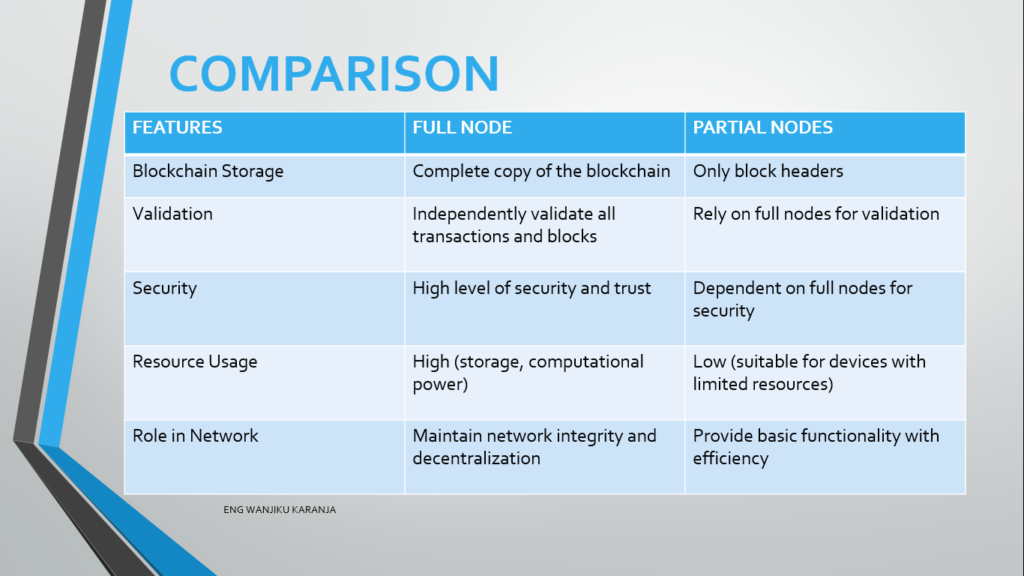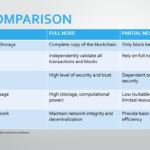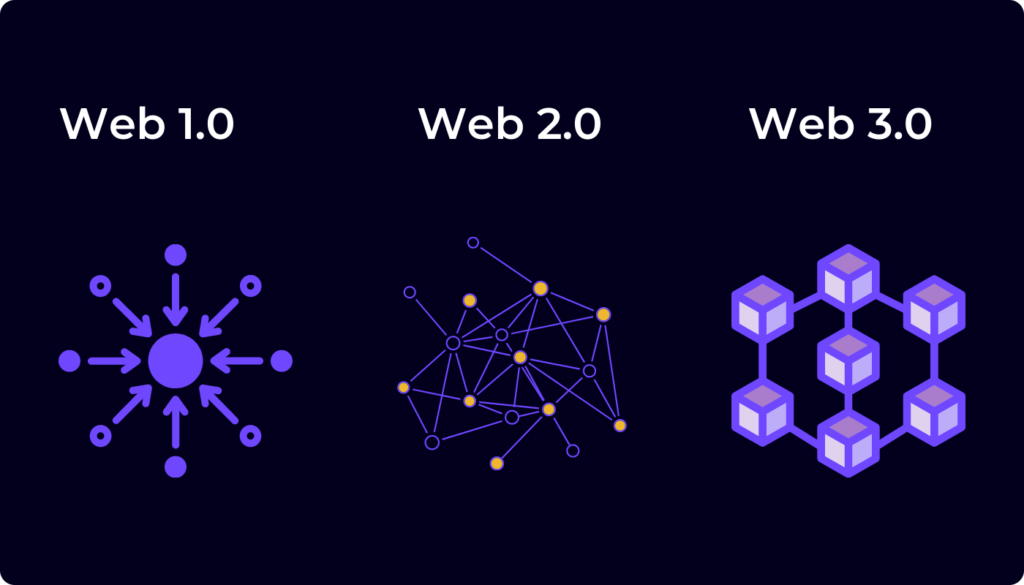- Nodes in the blockchain refer to phones or computers.
- Nodes in a blockchain are individual devices (like computers) that participate in the blockchain network. Each node has a copy of the entire blockchain and helps validate and relay transactions. Here’s a more detailed breakdown:
- There are two types of nodes
1. Full nodes
2. Partial nodes
FULL NODES
Full nodes store a complete copy of the blockchain, including every transaction and block from the network’s inception.
- Full nodes validate all transactions and blocks independently, ensuring they follow the network’s consensus rules and protocols.
- By validating every transaction and block, full nodes help ensure the network’s security and trustworthiness
- A full node needs a huge amount of storage for the blockchain data, huge computing power i.e. GPU’s and CPU’s
PARTIAL NODES/LIGHT NODES
- Light nodes or Lightweight nodes, are designed to provide a more resource-efficient way to interact with the blockchain network.
- Partial nodes do not store the entire blockchain. Instead, they typically download only the block headers (metadata of the blocks), which contain essential information such as the block hash, timestamp, and Merkle root.
- Since they don’t store the full blockchain, partial nodes rely on full nodes for transaction and block verification. They can query full nodes to verify transactions and obtain necessary data.
- Partial nodes require significantly less storage space and computational power compared to full nodes, making them suitable for devices with limited resources, such as mobile phones and IoT devices.
Partial nodes can still perform essential functions like sending and receiving transactions, but they do not independently validate the entire blockchain

USE CASES
Full Nodes: Often run by individuals or organizations committed to supporting the network’s decentralization and security, such as blockchain developers, enthusiasts, and enterprises.
Partial Nodes: Typically used by regular users who want to interact with the blockchain network without the overhead of maintaining a full node, including mobile wallets, light wallets, and decentralized applications (DApps) on resource-constrained devices.
ENG WANJIKU
Views: 10






